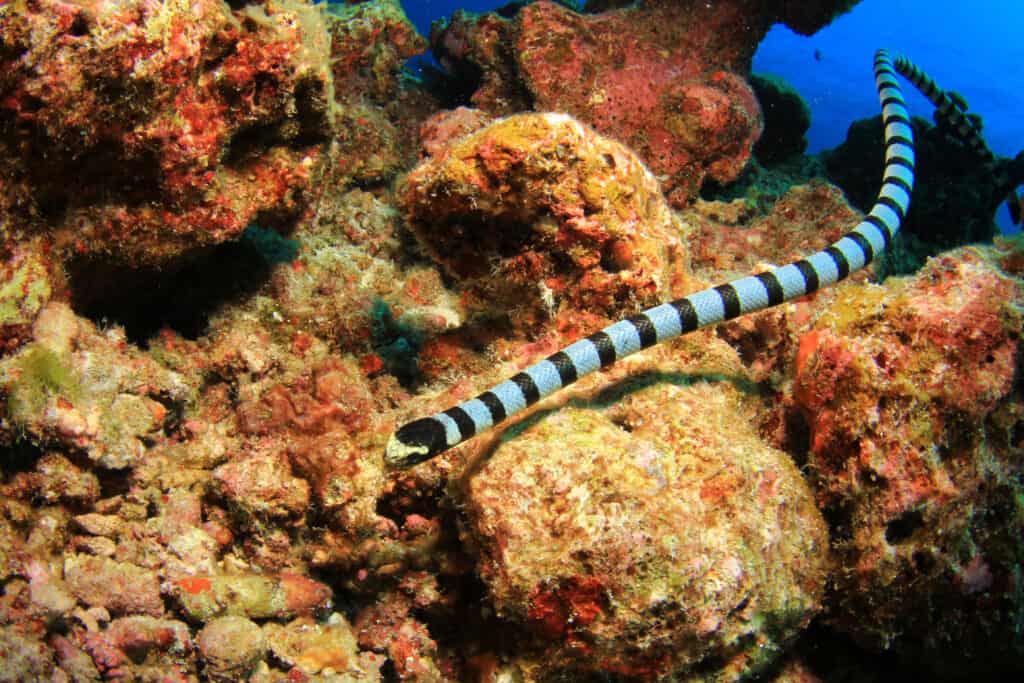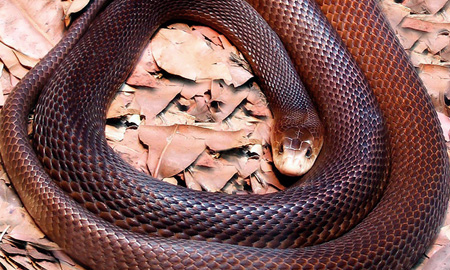Introduction
When it involves serpents in Australia, 2 of the most infamous species are the Eastern Brown Snake and the Tiger Snake Both are extremely venomous and can pose severe hazards to human beings, particularly when they are young and much less knowledgeable. In this write-up, we're diving into the distinctions between infant Eastern Brown Snakes and infant Tiger Snakes, giving a thorough summary that includes their habitats, behaviors, appearances, and a lot more. Understanding these essential distinctions is not just academically intriguing; it is essential for safety and security and awareness in areas where these reptiles are prevalent.
Baby Eastern Brown Snakes vs. Baby Tiger Snakes: Trick Differences Explained
Overview of Baby Eastern Brown Snakes
The infant Eastern Brown Serpent (taxonomic name: Pseudonaja textilis) is just one of one of the most unsafe snakes in Australia as a result of its powerful poison and hostile nature. Recognizing its attributes can be life-saving.
Physical Characteristics of Baby Eastern Brown Snakes
Baby Eastern Brown Snakes generally measure around 20-- 30 centimeters at birth. They have a slender body with smooth scales that might appear shiny. Their pigmentation differs from light brown to dark brownish or perhaps blackish tones.
- Coloration: Generally lighter than adults, infants may show distinct patterns or markings. Head Shape: They have a slightly broader head contrasted to their necks.
Habitat of Infant Eastern Brown Snakes
These snakes like a selection of environments consisting of urban areas, grasslands, timberlands, and even coastal regions. They grow where there is sufficient cover and ample food supply.

- Urban Areas: Commonly located in gardens or parks. Natural Habitats: Generally live in bushland near farming lands.
Behavioral Qualities of Infant Eastern Brown Snakes
Baby Eastern Browns are recognized for their fast reflexes and protective habits. When intimidated, they will certainly usually act aggressively.
- Defensive Posture: Puffing up their bodies while hissing. Speed: Incredibly quick for both evasion and striking prey.
Venom Strength of Child Eastern Brown Snakes
The venom of a baby Eastern Brown Snake is extremely potent. It consists of neurotoxins that can result in paralysis and even fatality if untreated.
Symptoms of Eastern Brown Snake Bite
- Pain at the bite site Nausea Confusion Difficulty breathing
First Aid for Snake Bites from Infant Eastern Brown Snakes
If bitten by an infant Eastern Brown Snake, immediate emergency treatment is important:
Call emergency solutions immediately. Keep the target tranquility; activity accelerates poison spread. Apply a pressure bandage above the bite website to slow down venom transmission. Immobilize the affected limb.Overview of Child Tiger Snakes
On the other hand, we have the infant Tiger Serpent ( Notechis scutatus), which also brings substantial dangers due to its venomous bite and variable temperament.
Physical Features of Child Tiger Snakes
Typically birthed around 20-- 30 centimeters long too, infant Tiger Snakes have distinct banding patterns along their bodies that can differ drastically in shade from olive green to black.
- Coloration: The characteristic bands provide their name; nevertheless, some might appear extra evenly colored. Body Shape: More durable than the slim Eastern Browns.
Habitat of Infant Tiger Snakes
Tiger serpents favor seaside regions but can also be discovered inland near swamps or wetlands where they hunt for amphibians and fish.
- Wetlands: Their key habitat because of plentiful food sources. Coastal Areas: Frequently seen basking on rocks near water bodies.
Behavioral Qualities of Baby Tiger Snakes
While usually less aggressive than their eastern counterparts when young, child Tiger Snakes can still position substantial risk when caught or threatened.
- Defensive Mechanisms: Known for flattening their bodies when really feeling threatened. Hunting Techniques: Ambush killers that utilize stealth rather than speed.
Venom Potency of Child Tiger Snakes
The venom from a child Tiger Snake includes neurotoxins too yet is likewise hemotoxic, affecting blood coagulation bring about extreme interior bleeding Check out this site if left untreated.
Symptoms of Tiger Snake Bite
Unlike bites from an eastern brownish serpent:
- Initial pain can be accompanied by swelling. Possible bleeding at injuries or gums.
First Aid for Snake Bites from Child Tiger Snakes
Like with an eastern brownish serpent bite:
Swelling Reduction Call emergency services immediately. Avoid movement; maintain the victim still. Apply a pressure bandage over the bite location to restrict blood flow. Immobilize the limb while waiting for clinical assistance.Comparison Table
|Function|Child Eastern Brown Serpent|Infant Tiger Snake|| -------------------------------|------------------------------------|------------------------------------|| Length|20-- 30 cm|20-- 30 cm|| Coloration|Light/dark brownish|Olive green/black with bands|| Habitat|Urban areas & & grasslands|Coastal areas & & wetlands|| Actions|Aggressive & & defensive|Less aggressive yet will certainly protect|| Poison Type|Neurotoxic|Neurotoxic + hemotoxic|| Emergency Treatment Approach|Pressure plaster & & immobilization|Pressure plaster & & immobilization|
Frequently Asked Inquiries (Frequently asked questions)
What makes baby Eastern Brown snakes dangerous?
Baby Eastern Browns possess highly potent poison which contains neurotoxins efficient in triggering paralysis or death if unattended promptly. Their hostile nature adds to their risk as they often tend to react defensively when approached.
Are all tiger snakes venomous?
Yes! All tiger serpents bring venom that is dangerous to human beings; nevertheless, their temperament tends to be less aggressive compared to various other types like the eastern brownish serpent unless prompted or cornered.
How do I recognize an infant tiger snake?
An adolescent tiger snake usually has actually articulated banding patterns across its Snakebite statistics Australia body which might differ in color from olive green to dark brownish-black tones depending upon its habitat place-- seaside locations commonly display extra lively shades than inland specimens.
What should I do if attacked by either snake?
Call emergency situation solutions immediately! In both cases-- whether bitten by an eastern brown or tiger snake-- maintaining still and applying a stress bandage above the bite mark while waiting for clinical assistance can conserve lives by slowing down toxin absorption right into your bloodstream.
Can I deal with serpent bites at home?
It's highly discouraged treating snake bites at home given that incorrect approaches might aggravate conditions! Always seek professional medical focus immediately following any type of believed snakebite incident!
Where do these snakes mainly live?
Baby eastern browns often tend toward urban settings such as yards while infant tiger snakes prefer swamps near seaside areas with enough accessibility food resources like frogs and fish!


Conclusion
Understanding the distinctions between baby Eastern Brown Snakes and baby Tiger Snakes is not simply a scholastic exercise-- it's important for security in locations where these serpents prevail. Both types show one-of-a-kind physical traits, behaviors, environments, and degrees of venom poisoning that require various strategies pertaining to first aid therapy after bites happen.
Knowing how each varieties behaves can help minimize dangers associated with encounters while boosting recognition about Australia's diverse wild animals landscape-- a vital part of living sympathetically within this spectacular community!
In recap, whether you're hiking via bushland or enjoying exterior tasks in city settings across Australia-- stay sharp! Expertise absolutely is power when it comes down safeguarding on your own against prospective risks prowling within our natural world!
By maintaining informed regarding types like Pseudonaja textilis and Notechis scutatus, you're taking proactive actions in the direction of making sure not just your own safety however likewise fostering regard in the direction of these remarkable creatures that share our planet!